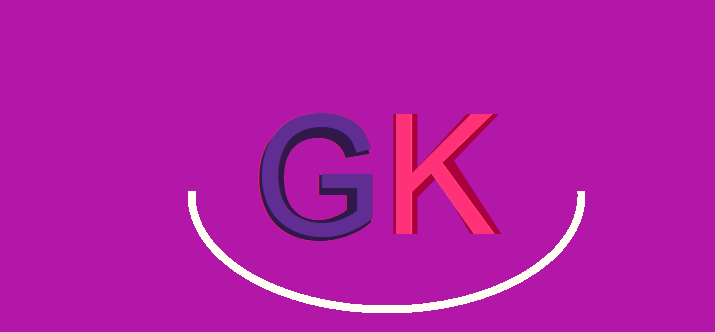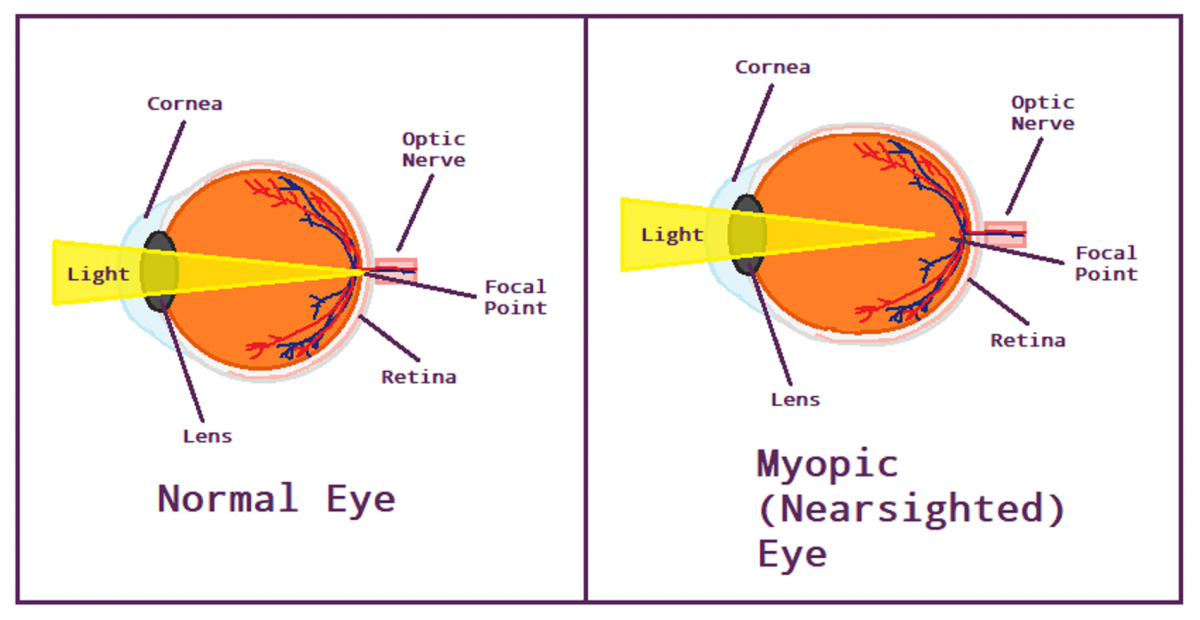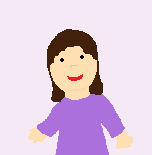Myopia, also called “nearsightedness” or “shortsightedness” causes distant objects to appear blurry. In a normal eye, light first reaches the cornea, the clear structure in the front of the eye. The cornea helps bend light directly to one focal point: the retina. Because a nearsighted eyeball is longer than a normal eyeball, light is focused before of the retina instead of being focused onto the retina. This leads to blurred distant vision. The higher the myopia prescription is, the more blurred distant objects appear. Myopia is very common in children.
Once the eyeball grows long, it will keep growing longer and longer until adulthood. As the eyeball grows longer, there is an increased risk of becoming high myopic. Children with high myopia are at a high risk of sight-threatening eye diseases. The higher their glasses prescription is, the more increased the risk for eye diseases like retinal detachment, glaucoma, cataracts, and macular degeneration is.
That is because if someone is high myopic, the physical condition of their eye is changed. When they wear glasses, it won’t change the shape of the eyeball. Glasses are used to make you see better, they can’t change the shape of the eyeball or stop myopia progression. They make your eyes less tired, but high myopic patients who wear glasses still have an increased risk of sight-threatening eye diseases. Regular eye exams are crucial for all children, even those who don’t have myopia.


